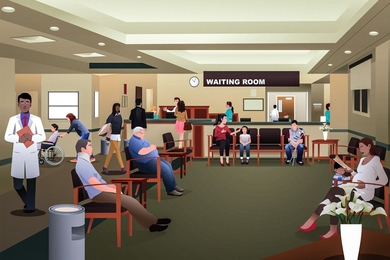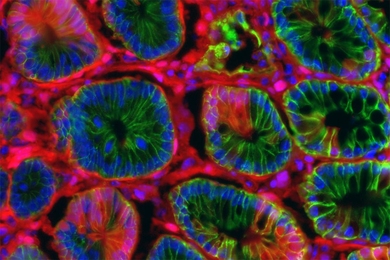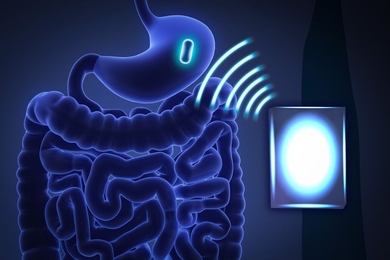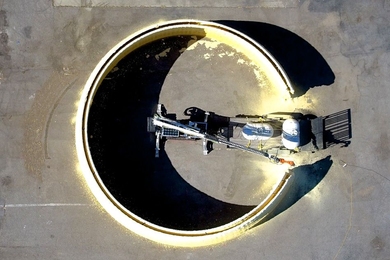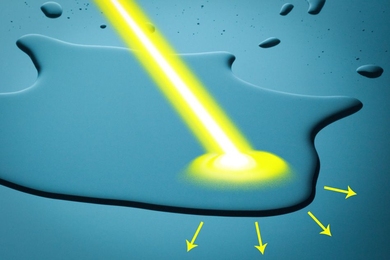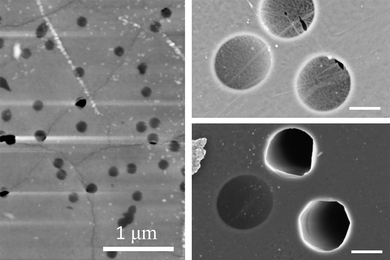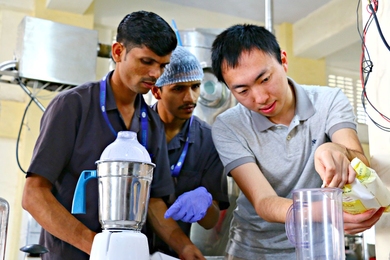New model could speed up colon cancer research
Introducing genetic mutations with CRISPR offers a fast and accurate way to simulate the disease.
Detecting walking speed with wireless signals
By measuring this emerging vital sign, CSAIL system could help monitor and diagnose health issues like cognitive decline and cardiac disease.
Wireless power could enable ingestible electronics
Small sensors or drug delivery devices could reside in the GI tract indefinitely.
3-D printing offers new approach to making buildings
Technology developed at MIT could enable faster, cheaper, more adaptable building construction.
David Goldston to lead MIT Washington Office
Former Capitol Hill aide and policy advocate has worked with lawmakers on both sides of the aisle.
Using light to propel water
With new method, MIT engineers can control and separate fluids on a surface using only visible light.
New strategy produces stronger polymers
Simple technique cuts down on loops that weaken materials such as plastic and rubber.
Nile faces greater variability
Climate change could lead to overall increase in river flow, but more droughts and floods, study shows.
Brain circuit enables split-second decisions when cues conflict
New findings shed light on how we quickly assess risks and rewards before acting.
Graphene holds up under high pressure
Used in filtration membranes, ultrathin material could help make desalination more productive.
MISTI funds over 80 MIT faculty projects
MISTI’s Global Seed Funds program announces its latest winners.
Makerspaces could enable widespread adoption of microfluidics
Lincoln Laboratory researchers propose an alternative to expensive microfluidics fabrication facilities.
Fighting child malnutrition with nanoscience
New research on ready-to-use therapeutic food seeks drastic reduction in fatalities from severe acute malnutrition in India.
